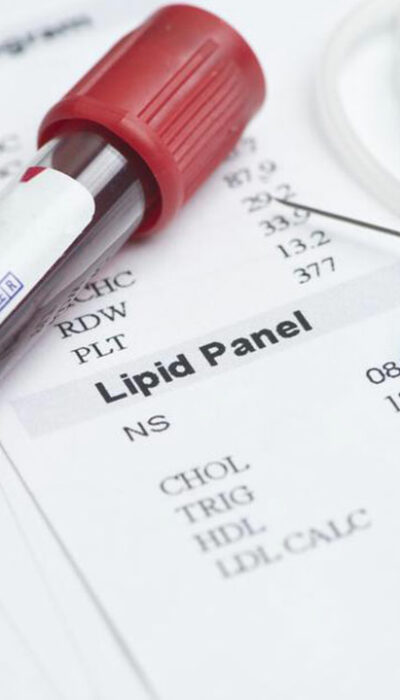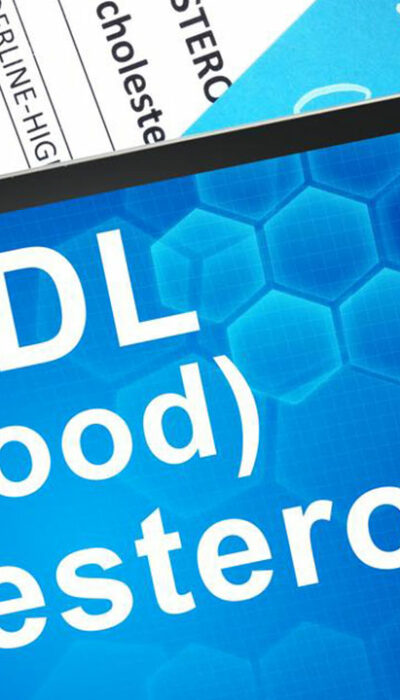
Win the Battle Against Aging with Essential Vitamins
Glowing skin is an indication of perfect health condition and also the fact that your health is not declining with the passing phase of time. Yet, the efforts that are usually being made to retain the suppleness of the skin are more with an eye on appearance, rather than health reasons. Interestingly to win over the inevitable process of aging, most of us believe and rely on various types of cosmetics. In fact, there is bountiful of beauty products in the market that claims to contain various antioxidants that can help you reverse the cycle of aging. Investigations and researchers in the beauty space have however claimed that such products rarely provide any effective result! Hence, are anti-aging vitamins a myth? Simply no! However, they act better when consumed as dietary nutrients, rather than creams that are to be applied to the skin! Three anti-aging vitamins can do wonders for your skin and can help you fight the process of aging. In this article, we will examine their benefits. Selenium One of the prime anti-aging vitamins that we talk about here, is selenium. This is one of the elemental nutritive intakes that can help a person prevent the dreaded disease of skin cancer. This element enters the body and prevents the adverse effects that can be caused due to being exposed to the sun’s ray for a long time. Selenium is also great for providing extra elasticity of the tissues. This is an aspect that reduces the rate of aging that occurs in the body. It also prevents the process of hardening of the tissues. One can get excellent quality of selenium through regular intakes of eggs, garlic, seafood, and cereals. Research has revealed that selenium is better absorbed by the body when it is consumed through dietary intake, rather than through application on the skin.










